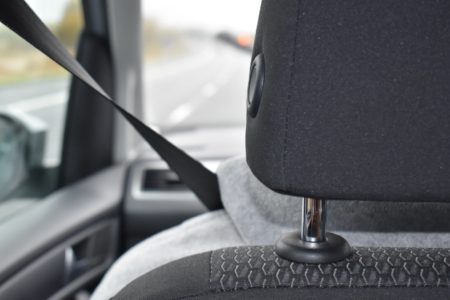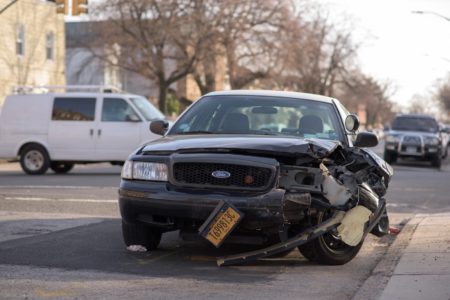Learn to Drive – 10 Reasons Why Teens Don’t Wear Seat Belts (When They Aren’t With You)
by: Anne Marie Hayes
Seat-belts separate car crashes from fatal car crashes. Statistics prove they save lives so why don’t all teens wear them every time they are driving a car? Learning how to drive a car safely involves learning the need for wearing a seatbelt. The early years of driving a car are when teens are still learning how to drive a car safely. During these early years as teens learn to drive they often forget or chose not to wear a seatbelt when a parent is not in the car.
Here are the top 10 excuses teens use for why they don’t wear their seatbelts when driving a car:
1. Forgot. Talking and texting with friends are distractions that can cause teens to forget to buckle their seatbelts. The pressure of a parcel in their lap can make them feel as though they are belted. Buckling up needs to be a part of the start-up routine so they do it without thinking every time they get in the car.

2. Not enough seatbelts for everyone. If 6 kids want to go and there are only 5 seatbelts, they need another vehicle. Unbelted passengers are a danger to everyone else in the car. If the car stops suddenly, unbelted passengers become pinballs that bounce around, smashing into everyone else. They can die and kill someone else.
3. Don’t want to be beheaded! This is one of those ridiculous urban legends that someone made up and now people repeat as truth. There have been extremely rare cases where cars have slammed into obstacles at such force that the bodies inside have been cut by their seatbelts. In those cases, the passengers could not possibly have survived the crash anyway. And they are extremely, extremely rare. Seatbelts save lives. Period.
4. So they can escape if the car goes off the road into a river. First – cars rarely go off the road into water. Second – if this rare thing did happen – the seatbelt would keep them in their seat so they didn’t get knocked unconscious when the vehicle hit the water. At least, with the seatbelt, they’d have a good chance of getting out alive.
5. Just going down the block. Life is unpredictable. Most crashes happen close to home.
6. Seatbelt is uncomfortable. Make sure they’re wearing it properly so it’s not across their neck. Beyond that, it’s worth a little discomfort to save your life.
7. Nobody else wears one. If other people in the car are unbelted, they need to either tell them to buckle-up or get out of the car. Driving a car with unbelted passengers is very dangerous.
8. Don’t want to wreck their clothes. Their clothes won’t be ruined by a seatbelt. If it’s that important to keep a special outfit crisp, they should change their clothes at the destination.
9. No seat belts in the back of the truck. Nobody should ever be riding in the back of a truck. It’s far too dangerous and illegal in most places.
10. They want to sleep. It’s dangerous to recline car seats too far, so they should stay fairly upright with their seat belts in place. (Face it – most teens could sleep through a tornado anyway.)
There is no good excuse not to wear a seat belt. Buckling up needs to be a habit everyone does without thinking. Talk with your teen about all the possible reasons they might have and make sure they know that none of them is okay.




